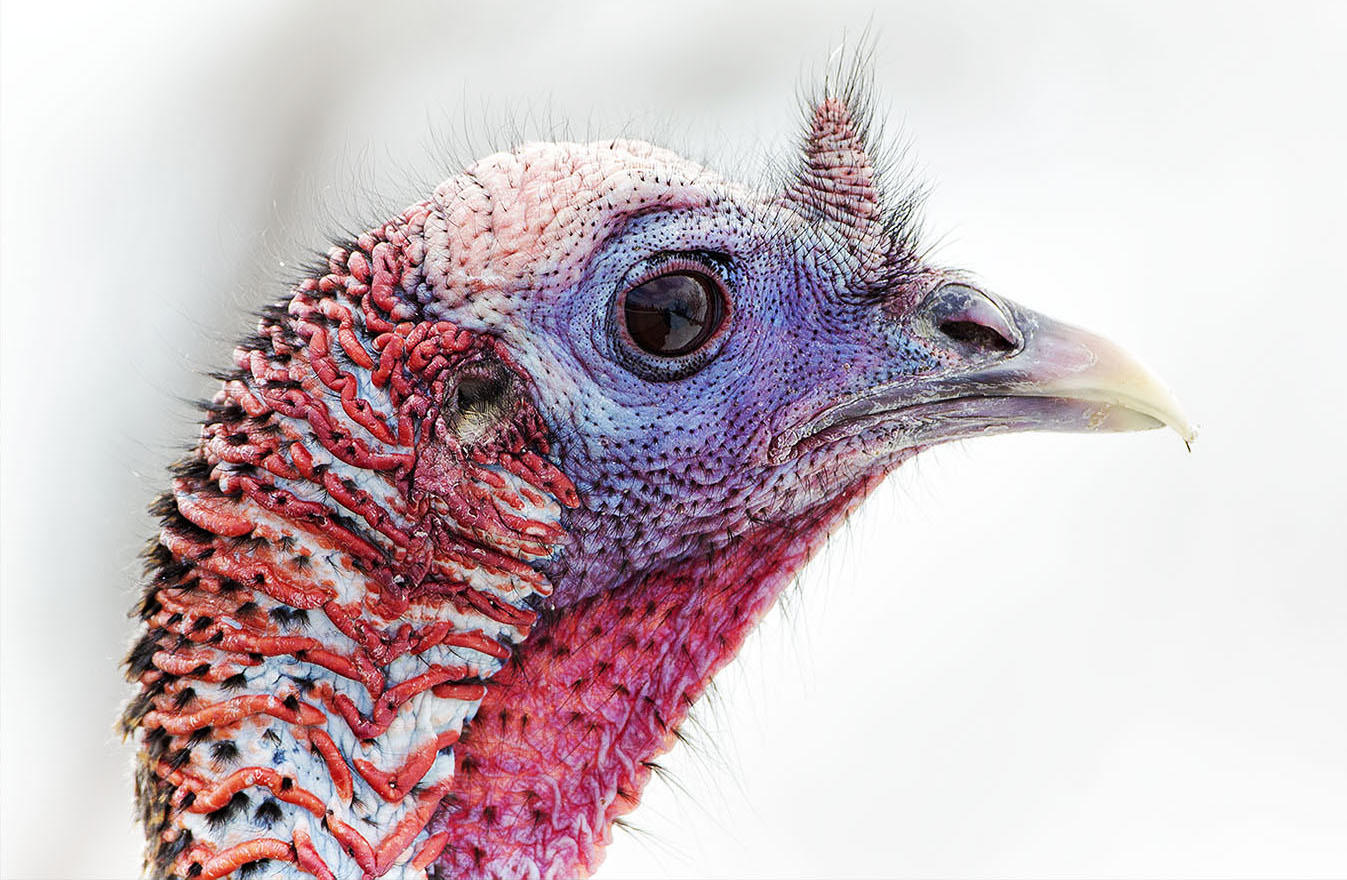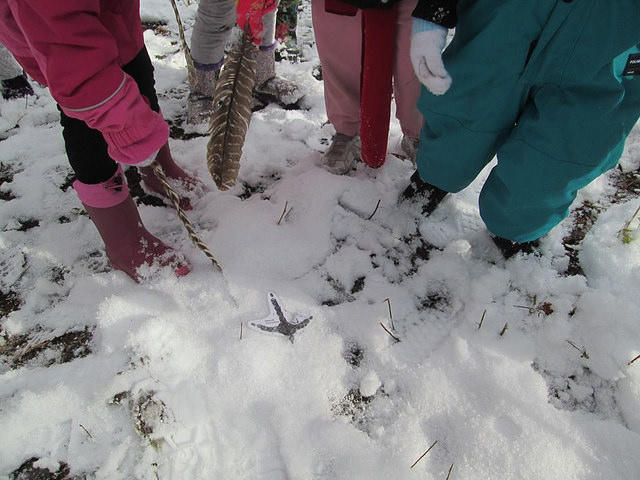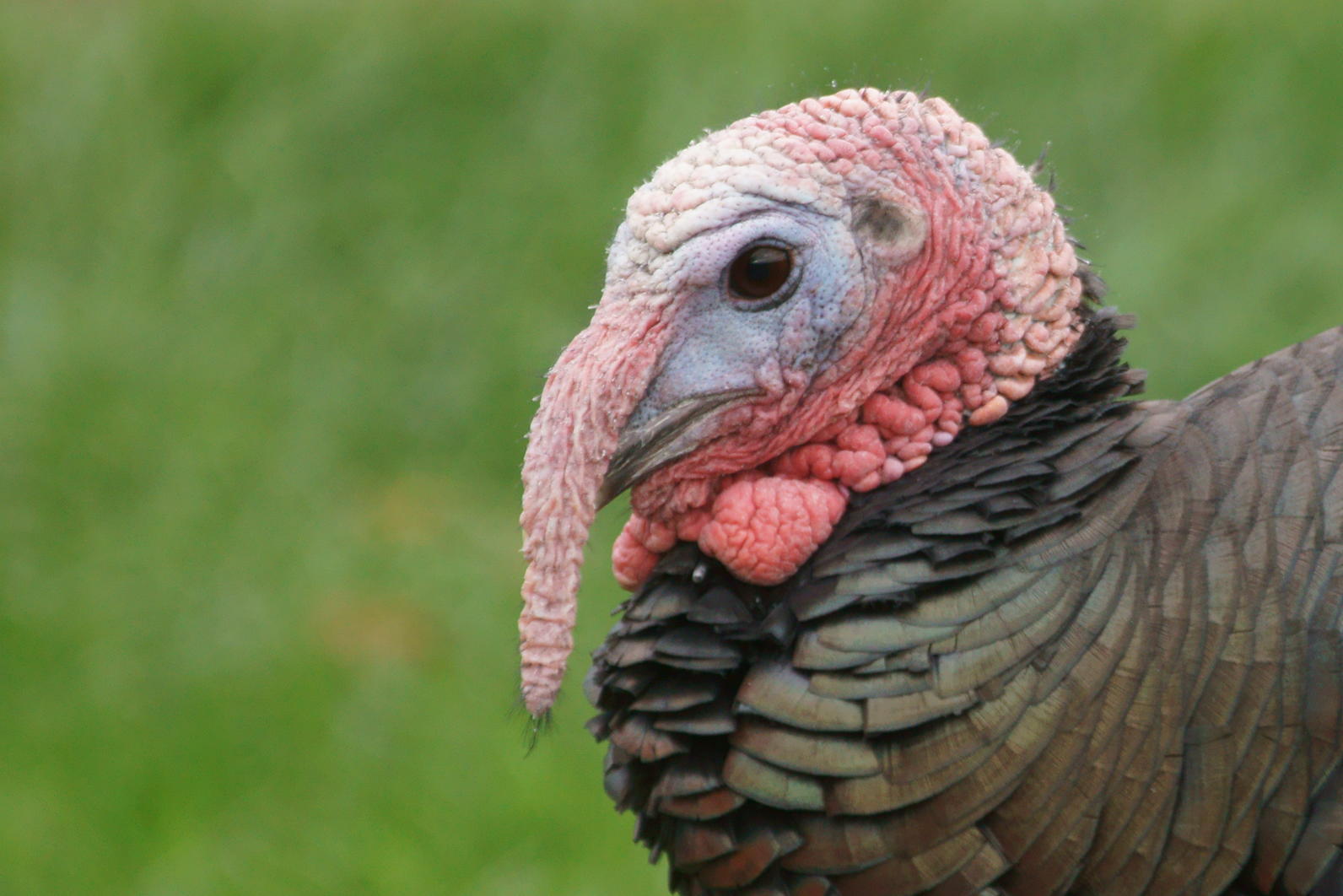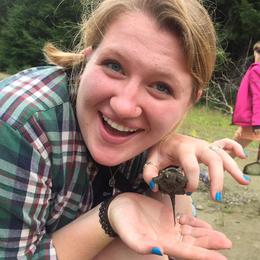The official Wild Turkey season began in early October with the start of hunting season, but Audubon Vermont's turkey season is only just beginning now.
Many North Americans know what a Wild Turkey looks like and learned how to draw them by tracing our hands in school. Many of us celebrate this iconic bird at Thanksgiving with turkey-themed decorations and enjoy a traditional turkey dinner. However, there is much more to know about turkeys. Wild Turkeys are a large part of our culture and very prevalent in Vermont. These incredible birds are seen throughout the rest of the year, too, as flocks move around woods and clearings.
Courting males, or toms, will puff themselves into huge, feathery balls, gobbling to attract a hen and to deter other toms. Wild Turkeys have some unique anatomy features with fascinating names. The many red bumps on the tom’s head are caruncles. Males also have a wattle, a red flap of skin under their chin, which is an ornament for courting mates. A large wattle is correlated with having higher levels of testosterone, good nutrition, and the ability to evade predators. Another great turkey fact: their ears aren't on the side of their head, but actually above their eyes!

Female turkeys, or hens, make their nest on the forest floor, typically under a tree. They use their feet to kick away the leaves to make a circle which protects their eggs. A hen also has a special call, a “cluck.” When a hen clucks it is typically feeding or moving around the area.
Learn more about the Wild Turkey’s natural history, conservation status, and habitat online with Audubon’s Guide to North American Birds. You can also hear the Wild Turkey’s songs and calls, explore range maps, and view spectacular photographs.

Our Teacher Naturalists at the Green Mountain Audubon Center offer Let’s Talk Turkeys programs for preschool, elementary, and homeschool school groups. To learn more and schedule a field trip or outreach program, contact Debbie Archer at darcher@audubon.org.
Our Public Preschool Let’s Talk Turkeys Program is scheduled for Thursday, November 16, from 9 – 10:30 am. Learn more and register.
The Vermont Fish and Wildlife Department conducts a “Wild Turkey Brood Survey” in August every year. They rely upon the eyes and ears of Vermonters to conduct this survey. You can contribute your observations to their annual August survey online: click here for more information.






